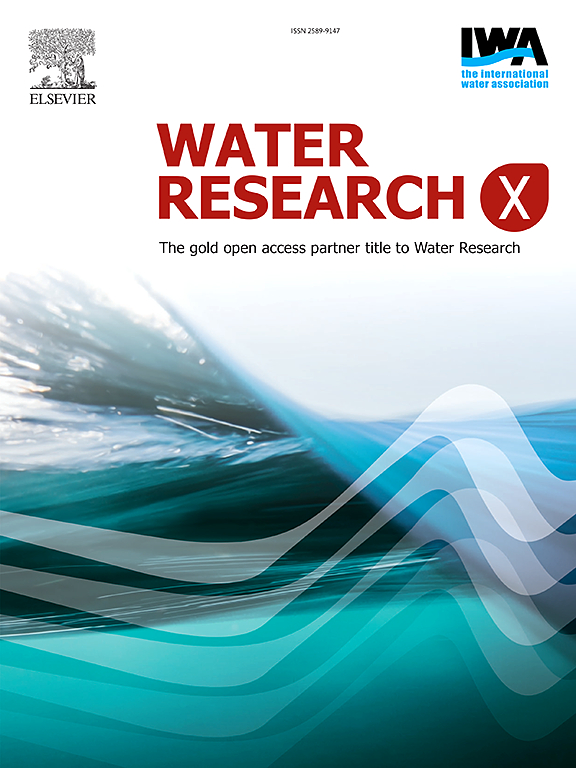Effectiveness of three machine learning models for prediction of daily streamflow and uncertainty assessment
IF 7.2
2区 环境科学与生态学
Q1 ENGINEERING, ENVIRONMENTAL
引用次数: 0
Abstract
This study evaluates three Machine Learning (ML) models—Temporal Kolmogorov-Arnold Networks (TKAN), Long Short-Term Memory (LSTM), and Temporal Convolutional Networks (TCN)—focusing on their capabilities to improve prediction accuracy and efficiency in streamflow forecasting. We adopt a data-centric approach, utilizing large, validated datasets to train the models, and apply SHapley Additive exPlanations (SHAP) to enhance the interpretability and reliability of the ML models. The results show that TKAN outperforms LSTM but slightly lags behind TCN in streamflow forecasting. TKAN demonstrated strong alignment with observed statistical parameters, achieving a Mean Absolute Error (MAE) of 5.799 m³/s and a Nash-Sutcliffe Efficiency (NSE) of 0.958, compared to MAE and NSE values of 8.865 m³/s and 0.942 for LSTM, and 5.706 m³/s and 0.961 for TCN, respectively. Multi-step forecasting revealed TKAN's robust performance up to a three-day forecast horizon, with a slight decline in accuracy as the forecast period extended. Uncertainty analysis indicated reasonable variance levels, with a mean 3-day forecast uncertainty of 35.02% at a 95% confidence level for TKAN, compared to 39.95% for LSTM and 28.46% for TCN. For a 7-day forecast, TKAN showed a mean uncertainty of 40.97%, compared to 45.01% for LSTM and 36.22% for TCN. By enhancing model transparency and improving datasets, this study significantly advances the integration of machine learning into hydrological forecasting, offering robust methods for developing adaptive water management systems in response to changing climate conditions.

求助全文
约1分钟内获得全文
求助全文
来源期刊

Water Research X
Environmental Science-Water Science and Technology
CiteScore
12.30
自引率
1.30%
发文量
19
期刊介绍:
Water Research X is a sister journal of Water Research, which follows a Gold Open Access model. It focuses on publishing concise, letter-style research papers, visionary perspectives and editorials, as well as mini-reviews on emerging topics. The Journal invites contributions from researchers worldwide on various aspects of the science and technology related to the human impact on the water cycle, water quality, and its global management.
 求助内容:
求助内容: 应助结果提醒方式:
应助结果提醒方式:


